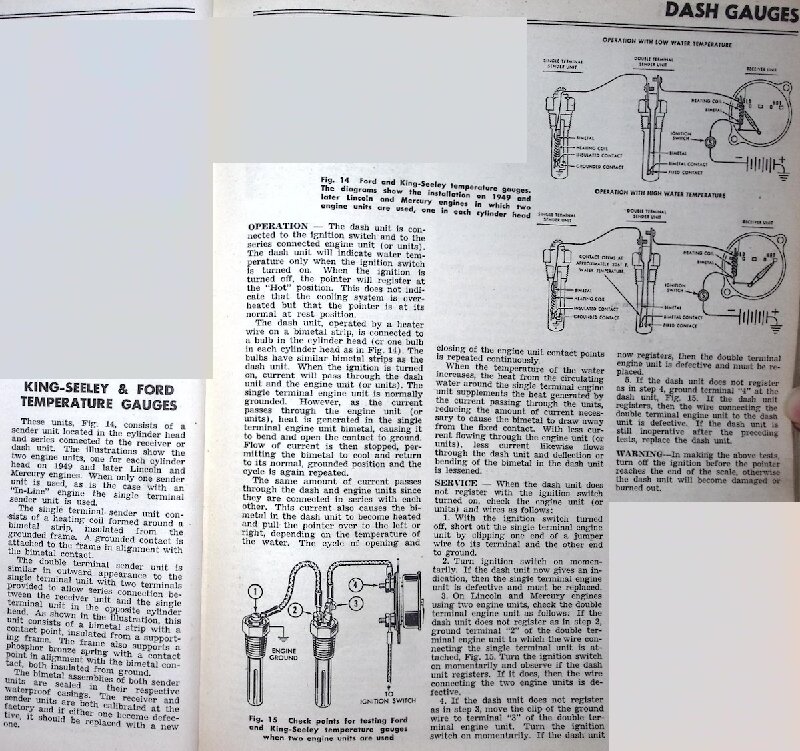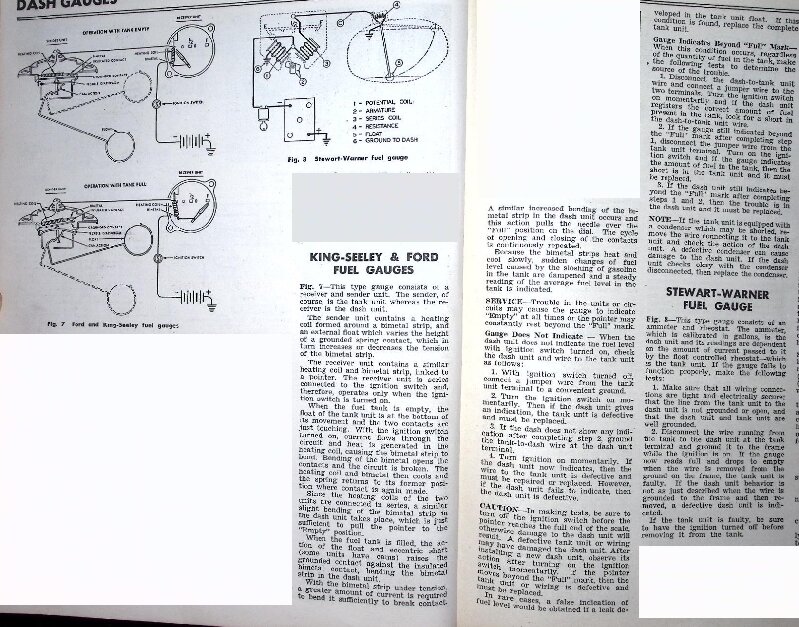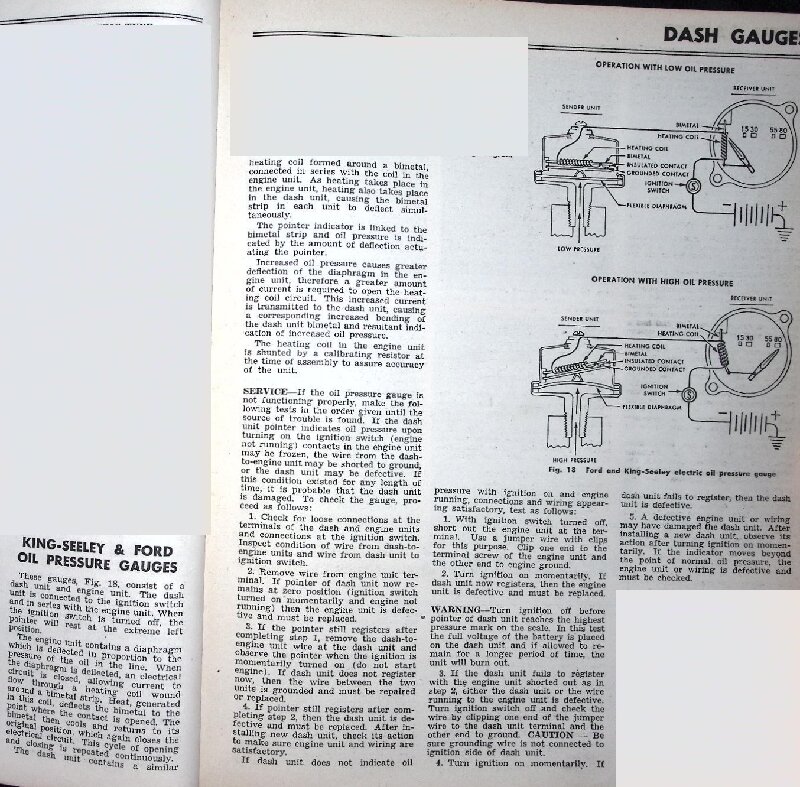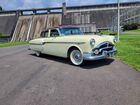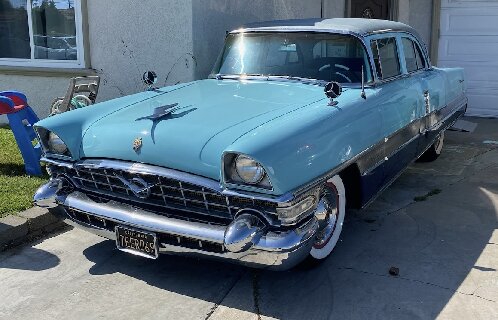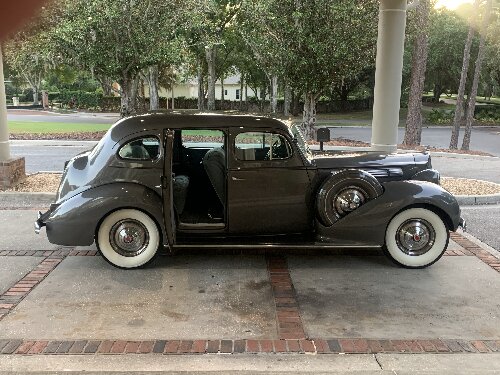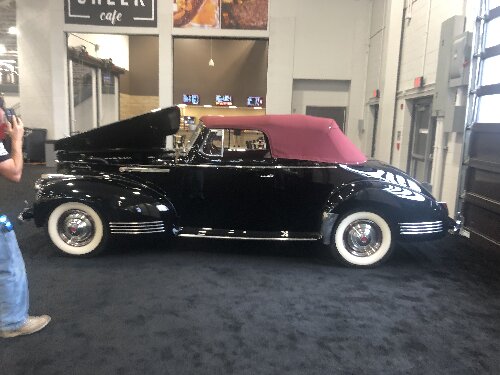|
Re: 48-50 Bimetal Senders Retrofit Project
|
||||
|---|---|---|---|---|
|
Home away from home
|
HPH
I do not know for sure that all 3 senders have the same signaling scheme. I’m leaning toward ‘yes’, but only from a position of minimum production costs. For the 22nd and 23rd series if the gauge pegs up-scale then the logic is identical. I believe the oil pressure gauge pegs down-scale, so the logic is not identical, but could be simply reversed. Selecting down-scale for the oil pressure could be an application of displaying the most alarming indication if an instrument error occurs. Backing-up a bit . . . Howard dug-out the referenced Service Counselor. This same test procedure is in the ’54 manual (likely applicable 51-54). While the procedure seems to be the same the test results are for the applicable models for that manual. Back to the production costs: If I was in the business of making Packard instrument gauges I would surely use the same heaters across the board, so your question about electrically identical is likely well founded. The sweep of the gauges seem to be the same, so the deflection of the bimetal is likely similar. The oil pressure logic change could be handled by reverse winding of the bimetal, or using the same bimetal with a linkage change. For the oil pressure sending unit ZERO pressure should have the greatest resistance (low/no heating current). I do not know if that sending unit operates via pulse width modulation, or variable resistance via diaphragm deflection. Again, if I was making the gauges I would lean to using the pulse width technique . . . however the oil pressure ‘sending unit’ is subjected to engine temperature, so that would need to be accommodated in the calibration. dp
Posted on: 5/3 19:46
|
|||
|
||||
|
Re: Model of Yesteryear
|
||||
|---|---|---|---|---|
|
Webmaster
|
If it was black it would look like the Munsters vehicle.
Posted on: 5/3 19:45
|
|||
|
-BigKev
1954 Packard Clipper Deluxe Touring Sedan -> Registry | Project Blog 1937 Packard 115-C Convertible Coupe -> Registry | Project Blog |
||||
|
||||
|
Re: 48-50 Bimetal Senders Retrofit Project
|
||||
|---|---|---|---|---|
|
Home away from home
|
Quote:
I appreciate it, though I'm not sure it would be needed. Since what I have in mind would be that someone can buy a generic sender with a linear response, and have that adapt as well as reasonable to the factory gauges. The other thing is that, as far as I am aware, the usual rheostat senders have a low resistance when full and high when low. But David's chart is the opposite. Edit: Actually seems like low ohm empty and high ohm full is the standard, at least for GM.
Posted on: 5/3 19:38
|
|||
|
'55 400. Needs aesthetic parts put back on, and electrical system sorted.
'55 Clipper Deluxe. Engine is stuck-ish. |
||||
|
||||
|
Re: 48-50 Bimetal Senders Retrofit Project
|
||||
|---|---|---|---|---|
|
Forum Ambassador
|
Quote:
HPH, I would think they are identical or at least be so close as to have any differences be insignificant. This service article has the mechanic use a fuel sender to test the oil and temp gauges so the signals from the other senders must be the same pulsing that I documented with the fuel sender. As additional info, farther in that same service counselor the dimension differences between the 17 gallon and 20 gallon fuel senders is given. If a Ford sender is available from Dennis Carpenter it might be possible to verify or duplicate a needed Packard tank distance.
Posted on: 5/3 19:23
|
|||
|
Howard
|
||||
|
||||
|
Re: 48-50 Bimetal Senders Retrofit Project
|
||||
|---|---|---|---|---|
|
Forum Ambassador

|
I have a NOS sender available for test. 403066 if memory serves...
Posted on: 5/3 17:48
|
|||
|
||||
|
Re: 48-50 Bimetal Senders Retrofit Project
|
||||
|---|---|---|---|---|
|
Home away from home
|
Thanks dp. I don't know, but would assume, that the gauges are electrically identical.
Howard or dp do we know for certain that all 3 senders used the same signaling scheme?
Posted on: 5/3 17:44
|
|||
|
'55 400. Needs aesthetic parts put back on, and electrical system sorted.
'55 Clipper Deluxe. Engine is stuck-ish. |
||||
|
||||
|
Re: 1937 120 Conv. Sedan - Blanche
|
||||
|---|---|---|---|---|
|
Home away from home
|
Got my dash panels back from Joe Goss. Highly recommend Joe (woodgrain@comcast.net) to anyone who is looking for woodgraining. Reasonable price and very quick turn around. You can see the original color in the before pics in the area under the plates. He got pretty close on the match. Very pleased. Will get them on after I finish up the running boards.
Before 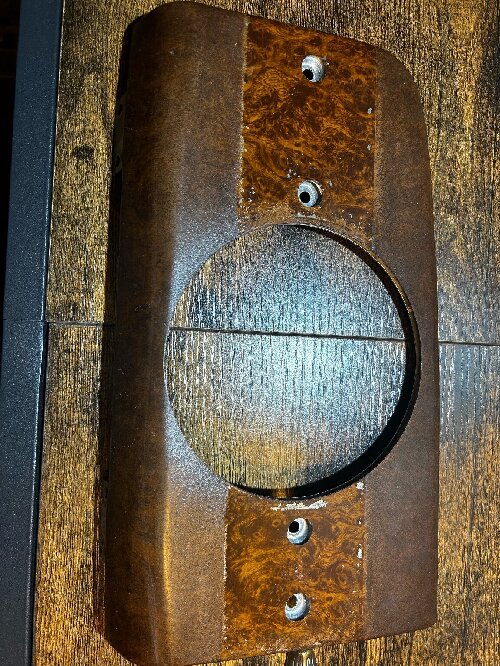 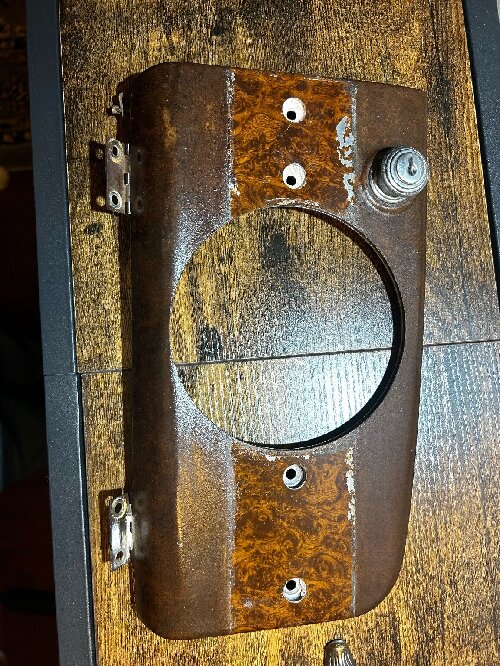 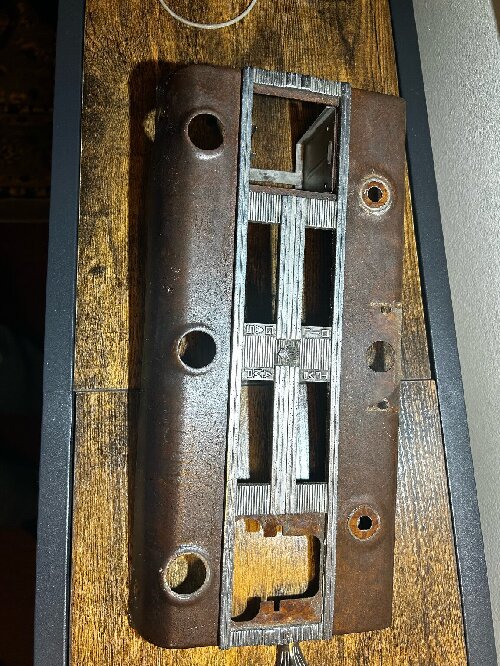 After 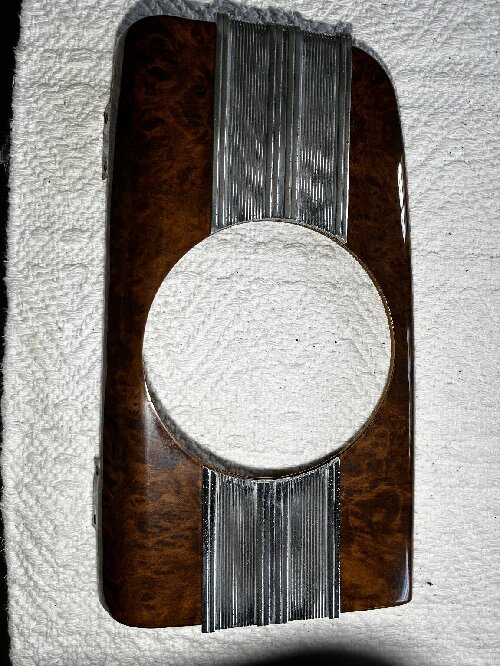 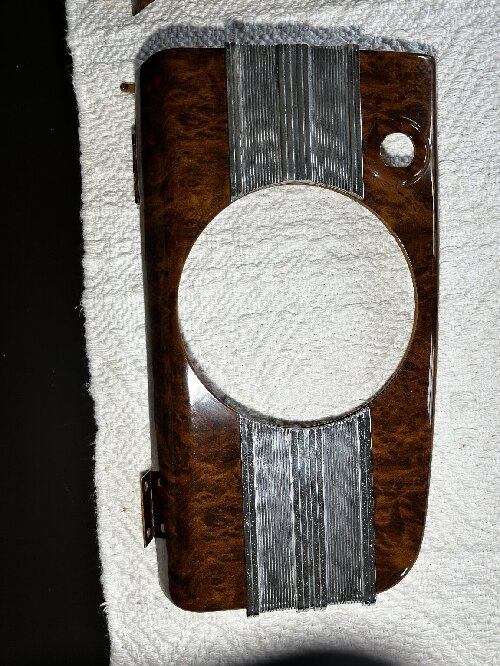 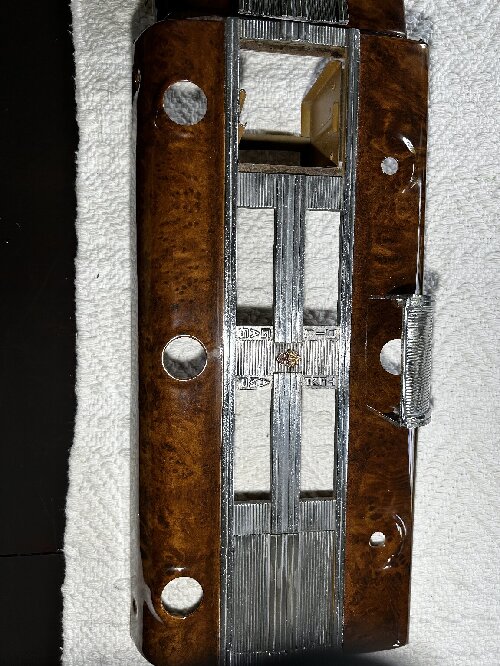
Posted on: 5/3 17:39
|
|||
|
||||
|
Re: Model of Yesteryear
|
||||
|---|---|---|---|---|
|
Home away from home
|
Looks like it holds a lot of good memories!
Posted on: 5/3 17:37
|
|||
|
||||
|
Re: car dies often freeway offramp & setting distributor to oil pump correct timing
|
||||
|---|---|---|---|---|
|
Home away from home
|
Two assumptions regarding the following: your timing is always too retarded, and you have the type of dizzy where the vac advance twists the whole thing. If you have a Delco that doesn't twist with the vac advance then you can rotate the dizzy any where you like by loosening the horizontal clamp screw on the retainer plate. Otherwise:
Turn the engine to the correct timing mark, # 1 ready to fire. Pull the dizzy out an inch or so. Take out the two long bolts that retain the oil pump (1/2 inch heads) . Pull the oil pump absolutely straight out and note carefully by eye or with a marker where the gear is. Move it very carefully one tooth to the right. Push the pump absolutely straight back in and bolt it down. Now push your dizzy back in and it should settle slightly ccw from where it was. Set your timing per my video--you should be in the center of the adjustment range. Retarded timing on these flatheads absolutely kills their performance and make them run scorching hot.
Posted on: 5/3 17:34
|
|||
|
||||

 22-23 K-S temp ga operation.jpg (570.16 KB)
22-23 K-S temp ga operation.jpg (570.16 KB)